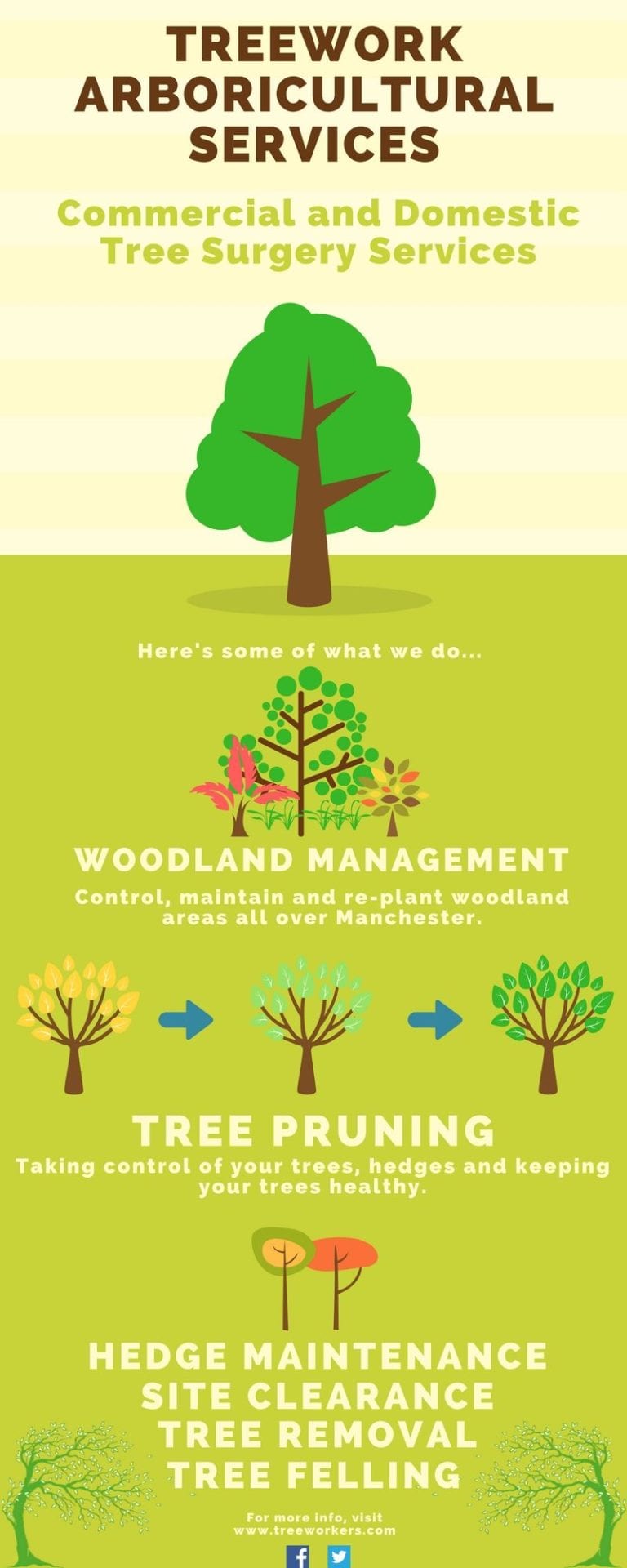Seasonal Tree Monitoring: Approaches For Caring For Trees Prior To And After Their Elimination
Seasonal Tree Monitoring: Approaches For Caring For Trees Prior To And After Their Elimination
Blog Article
Web Content Author-
When it involves seasonal tree care, making sure appropriate administration prior to and after removal can significantly impact the wellness and aesthetics of your landscape. By recognizing official site required actions associated with examining tree wellness and planning for elimination, you can proactively safeguard your home. But what concerning the vital practices to follow as soon as the tree is gone? Keep tuned to find the important post-removal treatment steps that will aid you grow a flourishing and sustainable setting for your trees.
Pre-Removal Tree Treatment
Before attending to the removal of a tree, it's vital to prioritize pre-removal tree care. Begin by analyzing the tree's health and structural stability. Seek indicators of condition, insect problems, or any type of structural problems that may posture a safety and security threat during removal. It's necessary to speak with a qualified arborist to identify the best strategy.
Trimming dead or unhealthy branches can stop additional damages to the tree and make certain a smoother removal procedure.
Additionally, consider the environmental effect of eliminating the tree. Trees play an essential role in our ecosystem, so growing a brand-new tree in an ideal location can help offset any loss. Guarantee that you have the necessary permits and authorizations for tree elimination, specifically if the tree is secured by regional policies.
Seasonal Maintenance Tips
Examining your tree's requirements throughout the year is imperative for its health and wellness and long life. To maintain your trees in top condition, follow these seasonal upkeep pointers.
In springtime, focus on pruning to eliminate dead or damaged branches and motivate new development.
Summer season asks for regular watering, particularly throughout droughts, to ensure your tree remains hydrated.
As fall approaches, watch out for very early indications of illness or stress, and consider applying compost to protect the origins during winter.
In winter, be cautious when getting rid of snow from branches to prevent breakage, and continue to monitor your tree's general wellness.
Keep in mind to adjust your treatment routine based on the certain requirements of your tree types and regional climate. By remaining mindful and aggressive throughout the periods, you can assist your trees grow and thrive for several years to come.
Post-Removal Tree Care
To make sure the health and wellness of your landscape also after tree elimination, appropriate post-removal care is essential. After a tree is eliminated, it's essential to fill up the staying opening with topsoil and compact it to prevent settling. This will certainly assist preserve the integrity of the ground and avoid prospective threats in the future.
Think about planting visit the up coming document of the removed tree to restore the equilibrium and aesthetics of your landscape. Consistently water the area to promote the growth of new plants and prevent dirt erosion.
Examine the surrounding trees for any kind of indications of condition or tension that may have been brought on by the eliminated tree. Keep an eye out for bugs that might've been brought in to the previous tree and take safety nets to safeguard the remaining vegetation.
If required, consult with a professional arborist to assess the effect of the removal on the surrounding trees and determine any type of extra care needed. By complying with these post-removal treatment steps, you can make sure the ongoing health and appeal of your landscape.
Final thought
Finally, proactive seasonal tree care is important for preserving the wellness and equilibrium of your landscape. By examining tree health, pruning, and consulting with an arborist before elimination, you can guarantee a safe procedure. After elimination, filling the hole, growing new vegetation, and normal watering will certainly promote new development and stop erosion. Bear in mind to evaluate surrounding trees for illness and seek additional treatment procedures from an arborist to keep your landscape thriving.
